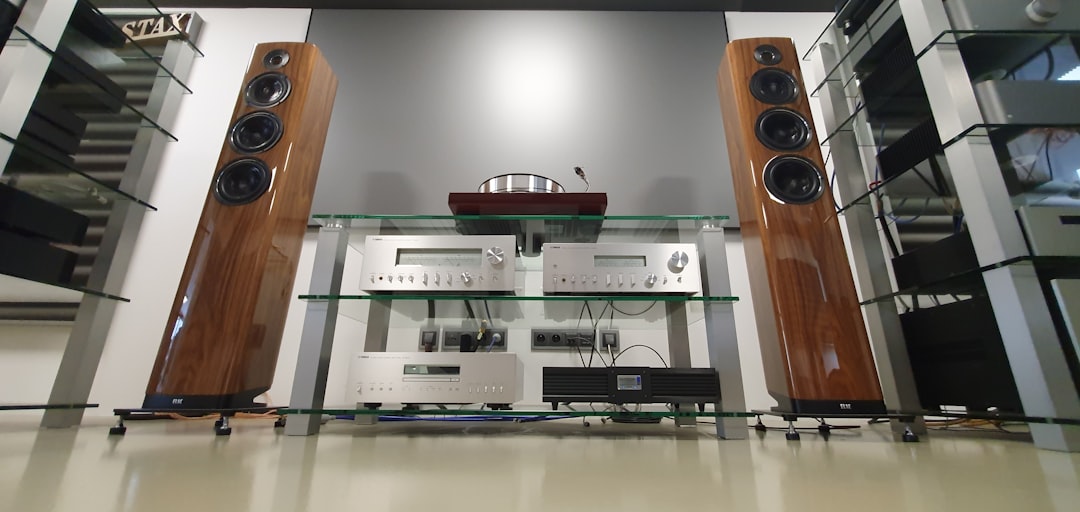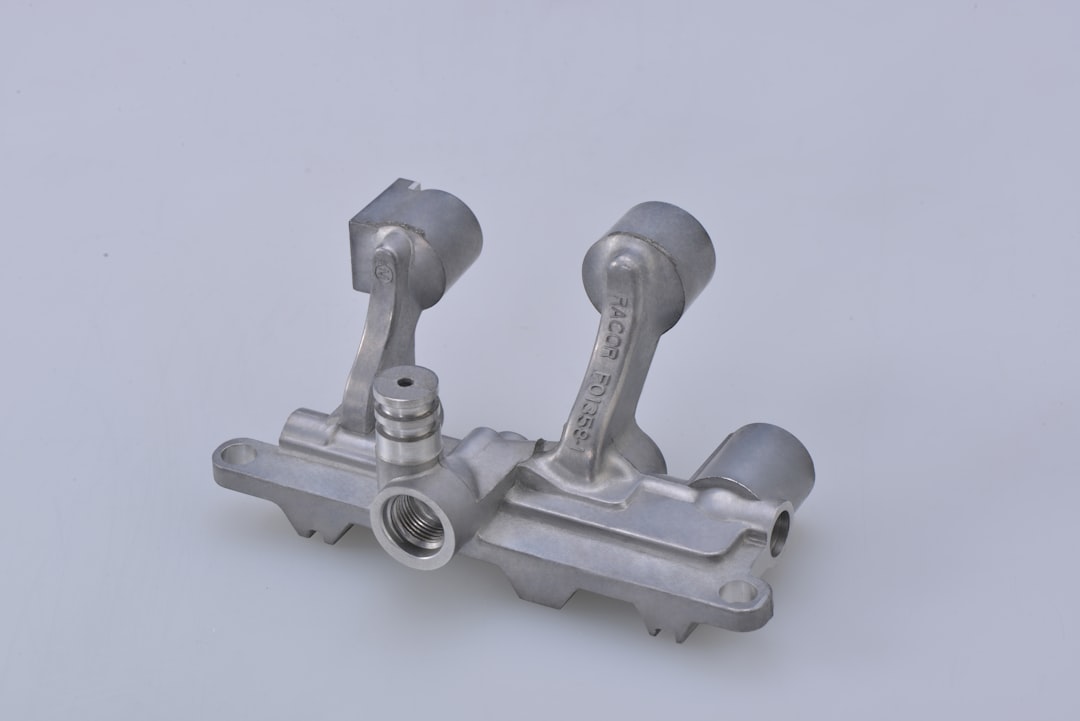Valve’s Steam Deck took the gaming world by storm upon its release, offering a powerful and surprisingly portable way to enjoy PC gaming on the go. Now, with the introduction of the Steam Deck OLED, potential buyers are faced with a choice: stick with the tried-and-tested original model or invest in the newer, upgraded version. This comprehensive comparison will help you decide which handheld gaming console is the better fit for your needs and budget.
Display: OLED Brilliance vs LCD Practicality
The most immediately noticeable difference between the two models is the display technology. The original Steam Deck comes equipped with a 7-inch LCD screen, while the Steam Deck OLED steps it up with a 7.4-inch HDR OLED panel.
- Steam Deck Original: 7″ LCD, 1280×800 resolution, 60Hz refresh rate
- Steam Deck OLED: 7.4″ OLED, 1280×800 resolution, 90Hz refresh rate, HDR support
The OLED screen offers significant advantages in terms of color accuracy, contrast, and black levels. Gamers will immediately notice how vivid and alive games look on the newer model, especially in darker scenes where the OLED can turn off individual pixels to produce true black.
Additionally, the OLED version supports a 90Hz refresh rate, making fast-paced games smoother and more responsive, especially if you’re playing less demanding titles that consistently hit high frame rates.

Battery Life: Efficiency Improvements
Contrary to what many might expect, an OLED screen often consumes less power than an LCD, especially in darker scenes. Coupled with a larger 50Wh battery (compared to 40Wh on the original), the Steam Deck OLED offers up to 30-50% longer battery life depending on usage.
- Steam Deck Original: 40Wh battery, 2–6 hours of gameplay
- Steam Deck OLED: 50Wh battery, 3–8 hours of gameplay
This improvement is a game-changer for handheld users who often find themselves midway through a gaming session and searching for a charger. Whether you’re commuting, traveling, or just lounging on the couch, the extended battery life makes a substantial difference.
Performance: Same Power, Better Cooling
Both the Steam Deck Original and OLED versions use the same custom APU developed with AMD, powered by AMD Zen 2 architecture and RDNA 2 graphics. However, the OLED model includes an updated 6nm APU versus the original’s 7nm version. While this doesn’t drastically change performance on paper, the newer chip is slightly more power-efficient and runs cooler.
- Steam Deck Original: AMD APU 7nm, Zen 2, RDNA 2, 16GB LPDDR5 RAM
- Steam Deck OLED: Updated 6nm APU, slightly improved efficiency, 16GB LPDDR5 RAM
Performance in games remains largely identical between the two models. However, the enhanced thermal design in the OLED version enables quieter fan operation and a cooler overall device temperature, offering a more comfortable gaming experience during extended sessions.
Storage and Connectivity
The Steam Deck OLED introduces some meaningful upgrades to storage and wireless connectivity. It comes in 512GB and 1TB NVMe SSD options, with faster memory and enhanced bandwidth capabilities.
- Steam Deck Original: 64GB eMMC, 256GB NVMe SSD, or 512GB NVMe SSD
- Steam Deck OLED: 512GB or 1TB NVMe SSD, faster PCIe Gen 4 storage
Moreover, the Steam Deck OLED also features Wi-Fi 6E, which offers improved wireless performance and lower latency compared to Wi-Fi 5 on the original model. This is especially beneficial for cloud gaming or streaming your game library via Remote Play.
Build Quality and Design
In terms of design language, both devices retain the same ergonomics and control layout that made the original Steam Deck a success. That said, the OLED model sees a few refinements that make it feel slightly more premium and comfortable.
- Lighter weight: Despite a larger battery and screen, the OLED is marginally lighter due to internal changes
- Improved button tactility and trigger feel
- Better heat dispersion and quieter fan

Using feedback from the first version, Valve has carefully refined tactile elements across the OLED version of the device. The result is a handheld that feels more polished without departing from what made the original successful.
Software Experience
Both versions of the Steam Deck run the same SteamOS 3.0, allowing users access to the same game library, features, and community ecosystem. Whether you buy the OLED or original model, you’re getting the same intuitive user interface, Proton compatibility layer, and desktop mode for a PC-like experience.
That being said, the OLED’s higher-refresh display and enhanced Wi-Fi capabilities can give you a more fluid and responsive experience in certain use cases, especially when dealing with cloud gaming or remote access.
Price and Value
The Steam Deck OLED comes at a premium price point due to its improvements. At launch, the OLED model was introduced at the following MSRP:
- Steam Deck OLED 512GB: $549
- Steam Deck OLED 1TB: $649
By comparison, the Steam Deck Original saw a price reduction upon the release of the OLED, making it a more cost-effective entry point for many users:
- Steam Deck LCD 256GB: $399
- Steam Deck LCD 512GB: $449
While the OLED version offers significant upgrades in display, battery life, and internal refinement, the performance remains largely the same. This means the original Steam Deck still offers excellent value for gamers who want a capable handheld without stretching their budget too far.
Which One Should You Choose?
The choice between the Steam Deck OLED and the original Steam Deck ultimately comes down to your priorities and budget. Here’s a breakdown to help guide your decision:
- Choose Steam Deck OLED if:
- You prioritize display quality and want richer colors and deeper contrast
- Longer battery life is essential for your gaming lifestyle
- You want a more refined, quieter, and cooler device
- Faster storage and better connectivity matter to you
- Choose Steam Deck Original if:
- You want a more affordable way to experience handheld PC gaming
- You’re happy with solid performance and don’t need OLED visuals
- You’re planning light or infrequent use and don’t mind a smaller battery

Conclusion
Valve’s evolution of the Steam Deck with the OLED version underscores their commitment to refining the handheld gaming experience. For gamers who crave the best visuals, longer battery life, and subtle design improvements, the Steam Deck OLED is the clear winner. However, the original Steam Deck still holds its ground as a powerful and budget-friendly alternative with the same core performance. No matter which one you choose, you’re in for a robust and feature-rich gaming experience on the go.
